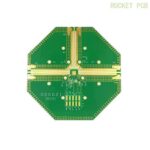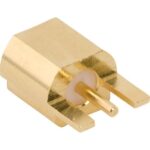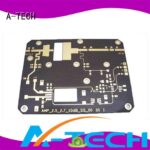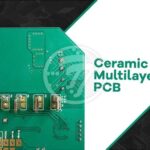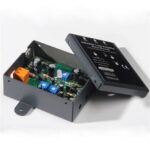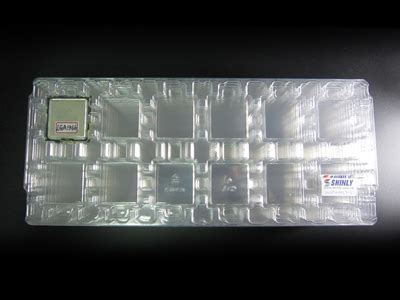
ALL ABOUT FLEX PCB
-
 Read more: LGA: A Flexible and Reliable Surface-Mount Packaging Technology for Integrated Circuits
Read more: LGA: A Flexible and Reliable Surface-Mount Packaging Technology for Integrated CircuitsIntroduction to LGA packaging Land Grid Array (LGA) is a surface-mount packaging technology used for integrated circuits (ICs) that offers a reliable and flexible solution for various electronic applications. LGA packages consist of a rectangular or square housing with an array of exposed metal pads on the bottom surface, which […]
-
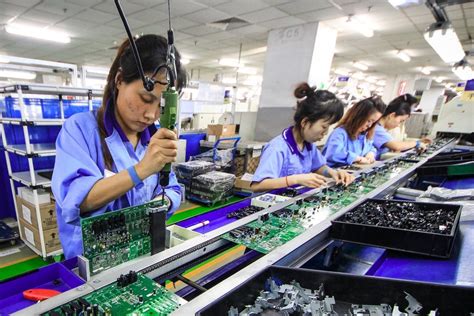 Read more: Electronic Manufacturing: 9 Points of Knowledge of Industry Development
Read more: Electronic Manufacturing: 9 Points of Knowledge of Industry DevelopmentIntroduction to Electronic Manufacturing Electronic manufacturing is a rapidly evolving industry that plays a crucial role in the production of electronic devices and components. From smartphones and laptops to automotive electronics and medical devices, electronic manufacturing encompasses a wide range of products and technologies. In this article, we will explore […]
-
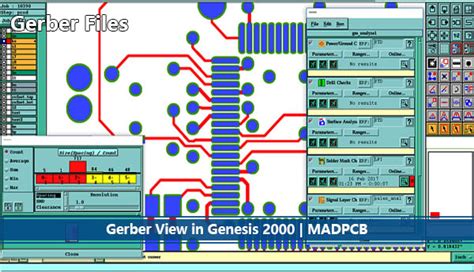 Read more: Gerber Files: A Step by Step Guide on How to Generate Gerber Files
Read more: Gerber Files: A Step by Step Guide on How to Generate Gerber FilesWhat are Gerber Files? Gerber files are a standard file format used in the printed circuit board (PCB) industry to describe the layout of a PCB. They contain all the necessary information for PCB fabrication, including the copper layers, solder mask, silkscreen, and drill holes. Gerber files are essential for […]
-
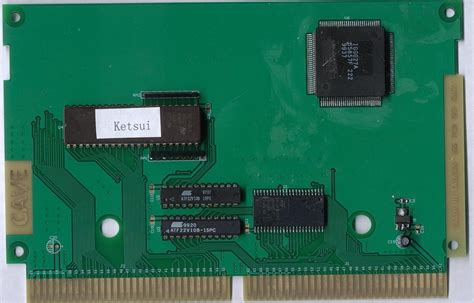 Read more: Cadsoft Eagle brd to Gerber conversion guidelines
Read more: Cadsoft Eagle brd to Gerber conversion guidelinesIntroduction to PCB-conversion Printed Circuit Board (PCB) design is a crucial aspect of electronic product development. Once a PCB design is complete, it needs to be converted into a format that can be understood by PCB manufacturers. One of the most popular formats for PCB manufacturing is Gerber. CadSoft EAGLE […]
-
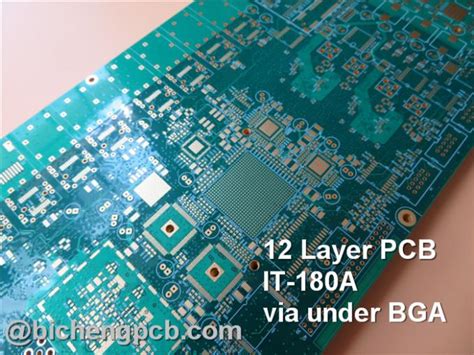 Read more: High-Density Interconnect (HDI) Printed Circuit Boards.
Read more: High-Density Interconnect (HDI) Printed Circuit Boards.What are HDI PCBs? High-Density Interconnect (HDI) Printed Circuit Boards, also known as HDI PCBs, are advanced circuit boards that offer superior electrical performance and increased functionality in a smaller footprint compared to traditional PCBs. These boards are characterized by their fine line widths, small via holes, and high-density component […]
-
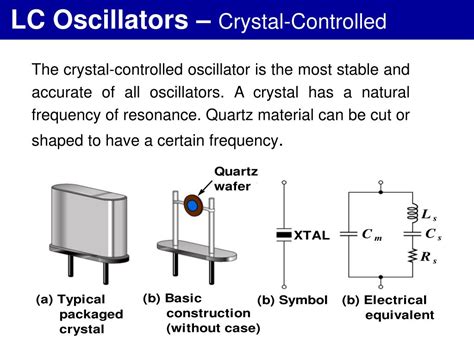 Read more: LC Oscillator: Circuit Working, Types, and Applications
Read more: LC Oscillator: Circuit Working, Types, and ApplicationsWhat is an LC Oscillator? An LC oscillator, also known as a tank circuit, is a type of electronic oscillator that uses an inductor (L) and a capacitor (C) to create oscillations in a circuit. The inductor and capacitor are connected in parallel or series, and the oscillations are maintained […]
-
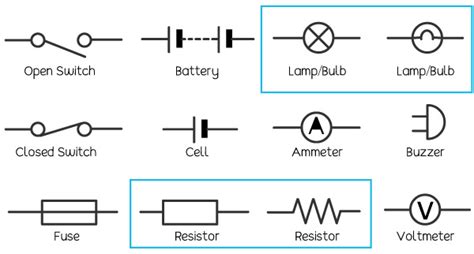 Read more: 15 Basic Components of The Electronic Circuit Board Used
Read more: 15 Basic Components of The Electronic Circuit Board UsedIntroduction to Circuit Components Electronic circuit boards are the backbone of modern technology, powering everything from smartphones to space shuttles. These complex assemblies are made up of various components that work together to perform specific functions. In this article, we will explore 15 basic components commonly found on electronic circuit […]
-
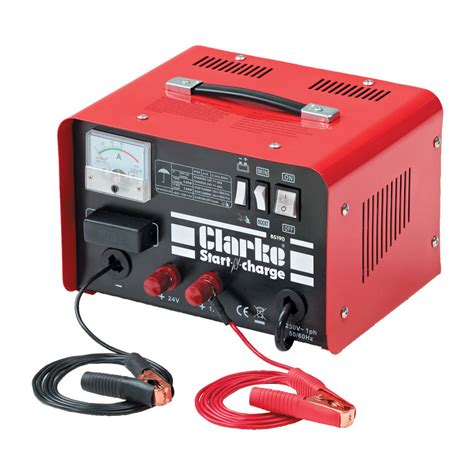 Read more: NiCd Battery Charger Circuit: How to Use Them for Simple Projects
Read more: NiCd Battery Charger Circuit: How to Use Them for Simple ProjectsUnderstanding NiCd Batteries NiCd batteries are rechargeable batteries that consist of nickel oxide hydroxide and metallic cadmium as electrodes. They have a nominal voltage of 1.2V per cell and are available in various sizes, such as AA, AAA, C, and D. NiCd batteries have a high energy density, which means […]
-
 Read more: How to Wire a Step-Down Transformer- The Key Steps
Read more: How to Wire a Step-Down Transformer- The Key StepsUnderstanding the Basics of Step-Down Transformers Before diving into the wiring process, it’s crucial to understand the fundamentals of step-down transformers. A transformer consists of two coils of wire, called the primary and secondary windings, wrapped around a common core. The primary winding receives the high voltage input, while the […]
-
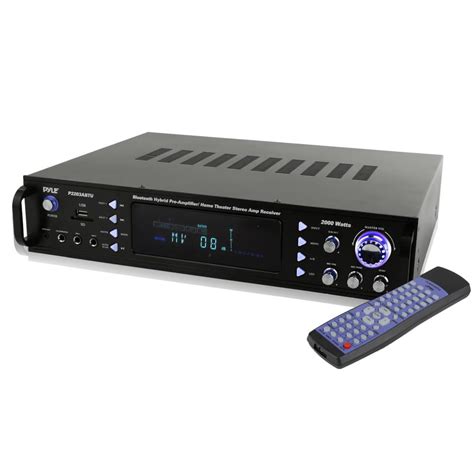 Read more: Audio Amplifier- A Brief Outlook to Its Many Types
Read more: Audio Amplifier- A Brief Outlook to Its Many TypesTypes of Audio Amplifiers There are several types of audio amplifiers, each with its own set of advantages and disadvantages. Here are the main categories: 1. Solid-State Amplifiers Solid-state amplifiers use transistors or integrated circuits (ICs) to amplify the audio signal. They are the most common type of amplifier and […]
